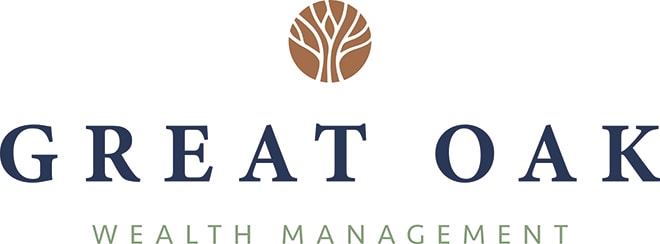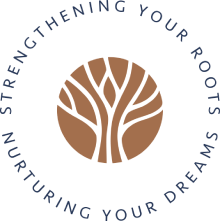You’ve diligently contributed to your retirement plans for 30+ years. Hopefully, you had the opportunity to open a Roth IRA, or maybe you’re one of the lucky few who still have a pension. Over the years, you’ve saved a good-sized nest egg.
Feeling pretty good about yourself, aren’t you? You should. Retirement takes dedication, not just saving but also managing those investments. It also takes time; planning for retirement is a long process that should begin in your early twenties (hint, hint to millennials).
John Smith, Inc
You visit your favorite CFP® professional, confident you can retire within the next year. But what happens when you find out you’re not as ready for retirement as you thought? Five more years of working and saving are needed to meet your retirement needs.
Retirement is about cash flow and profitability is required!
Retirement is just as much about the amount you spend as it is the amount you save. I tell my clients to run their life like a business. You want to be a profitable, ongoing concern. You cannot neglect your expenses.
The Magic Retirement Number
Everyone wants to know the magic number: how much do I need to retire? The question should be, how much will I spend in retirement? That amount is the key to answering the first question.
The 5 steps to improve your cash flow now and in retirement will give you a complete understanding of what will be required to be profitable throughout your life. You can determine the financial health of (insert your name here), Inc.
1. Start a budget
Not fun, but we’ve moved beyond using the checkbook, calculator, and pencil. Plenty of good apps/websites such as Mint, Personal Capital, or Buxfer can aggregate your various accounts and help you create a budget easily and painlessly.
Yes, creating the budget is much easier, but what about adhering to a budget? There’s no app for discipline. Start your budget with the easy stuff. Brew your own instead of buying coffee, pack instead of buying lunch. Get some budgeting momentum by picking the low hanging fruit and work your way up to the more difficult decisions.
2. Don’t become a slave to debt
Debt is a valuable tool that, when used wisely, can help us live an enjoyable life. As you get closer to retirement it’s important to reduce your dependence on debt. In retirement, except for a few exceptions, I recommend debt be minimized. Eliminated is even better.
It’s a simple fact that I preach to my clients, Debt in retirement takes away your freedom. Would you prefer all of the savings that you spent your life putting away to go towards debt? That’s not what you probably have in mind for retirement.
There are exceptions to carrying debt in retirement. You will need to replace a few cars in retirement and if you can get 0% or even 2%-3% loan it may make sense to take the loan. Need a new roof? That low rate home equity loan may be better than other options.
Let’s also be real here, the current low rate environment makes those discussions possible. These low rates will eventually rise. When that occurs those decisions becomes much easier.
3. Deal with the mortgage elephant
The number of retirees carrying a mortgage into retirement is increasing. I don’t just read that in the newspaper, I see it every day. I don’t like it, even if rates are 3%-4%, but I understand the current low rate environment is part of the reason. This trend should decline, I hope, when rates rise.
Think carefully if you’re 35+ before you refinance or get a 30-year mortgage. The consequences of that decision may haunt you in retirement. I know it’s hard to think 30 years into the future. Part of what you’re saving now may have to be used to pay the mortgage in retirement.
4. Don’t forget the emergency fund
You need an emergency fund before retirement and in retirement. 6 months of fixed expenses and 3 months of discretionary expenses in a money market account is what I recommend. That’s more than most advisors recommend but I like to err on the side of caution.
The emergency fund helps you to stay away from dangerous debt, such as credit cards you may not be able to pay off. Having one enables you to stick to the budget in emergencies. The unexpected will happen to all of us at one time or another. The emergency fund may help you stay out of the hole you would have difficulty getting out of.
5. Plan your retirement expenses well in advance
The first four steps will get you well on your way to retirement and completing the fifth task. Tricky of me isn’t’ it? What do you want to do in retirement? Which expenses will go down? Possibly clothing and gas. Which ones will go up? Maybe travel and definitely healthcare (that’s a topic for another day).
Get rid of all the distractions sit down and make a list of what you want to do in retirement. Doesn’t matter if it’s simple, extravagant or just a list of dreams, it’s your retirement. How you want to live it will impact that cash flow.
Knowledge equals power
That’s where the beauty of these steps come together. They give you financial knowledge which equals financial power. By understanding your spending habits before retirement you can see how your retirement plans/dreams will affect your cash flow during retirement. Give us a call if you need help getting started.
Share the power by clicking one of the links below…








